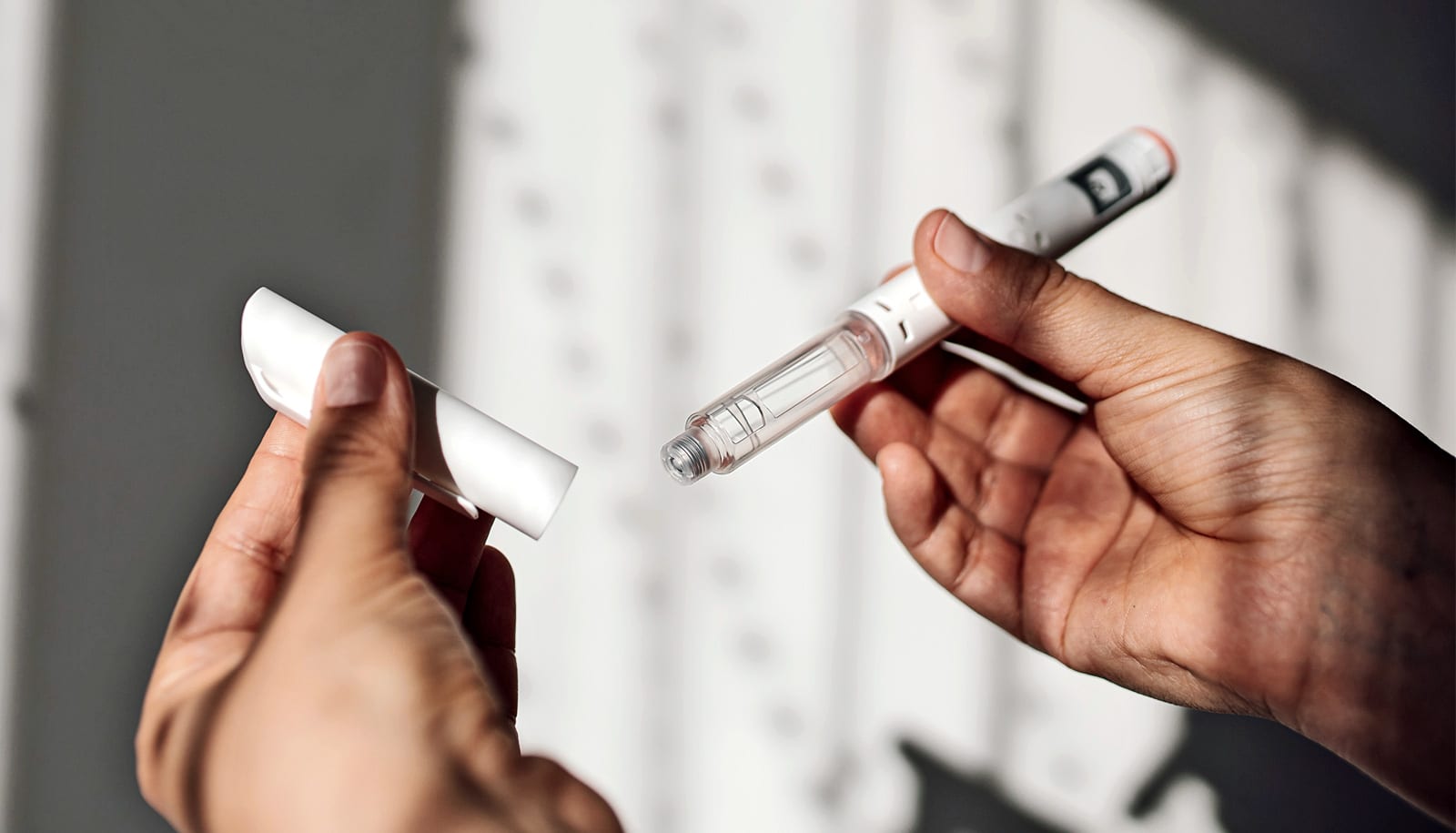Every year, millions of Americans get short-term prescriptions for steroids, such as prednisone, often for back pain, allergies, or other relatively minor ailments.
Though these prescriptions are quite common, doctors should consider the potential health risks associated with short-term steroid use, say researchers.
People taking the pills were more likely to break a bone, have a potentially dangerous blood clot, or suffer a life-threatening bout of sepsis in the months after their treatment compared with similar adults who didn’t use corticosteroids, researchers from the University of Michigan report in the journal BMJ.
Though only a small percentage of both groups went to the hospital for these serious health threats, the higher rates seen among people who took steroids for even a few days are cause for caution and even concern, the researchers say.
The study used data from 1.5 million non-elderly American adults with private insurance. One in five of them filled a short-term prescription for oral corticosteroids such as prednisone sometime in the three-year study period. While the rates of the serious events were highest in the first 30 days after a prescription, they stayed elevated even three months later.
The researchers call for better education of prescribers and the public about the potential risks, and the most appropriate uses and doses, for short-term courses of steroids. The US Food and Drug Administration require drug makers to list the possible side effects of prednisone and other corticosteroids, but the rate of these events among short-term users has not been well characterized.
“Although physicians focus on the long-term consequences of steroids, they don’t tend to think about potential risks from short-term use,” says lead author Akbar Waljee, an assistant professor of gastroenterology at the University of Michigan Medical School.
“We see a clear signal of higher rates of these three serious events within 30 days of filling a prescription. We need to understand that steroids do have a real risk and that we may use them more than we really need to. This is so important because of how often these drugs are used,” he adds.
Fast but not risk-free
As a specialist in inflammatory bowel diseases, Waljee prescribes steroids often to patients seeking relief from chronic digestive tract issues. But the new study focused on short-term use and risks.
Using anonymous insurance claims data that the Institute for Healthcare Policy and Information purchased for use by University of Michigan health care researchers, they found that half of the people who received oral steroids had gotten them for just six diagnoses, related to back pain, allergies, or respiratory tract infections including bronchitis.
Nearly half received a six-day prepackaged methylprednisolone “dosepak,” which tapers the dose of steroids from highest to lowest. Waljee notes that, sold as individual pills, oral steroids can cost less than a dollar for a seven-day course, but the prepackaged form can cost several times that. He also notes that the prepackaged form starts with a relatively high dose that may not always be necessary.
“Steroids may work faster, but they aren’t as risk-free as you might think.”
Users of short-term steroids were more likely to be in the older age range under age 65, white, female, and to have multiple health conditions. More than half lived in the southern United States.
The researchers excluded from the study anyone who took steroids in the year before the study period began, anyone who took inhaled or injected steroids during the study years, and anyone who took oral steroids for more than 30 days, as well as people who had cancer or transplants.
Waljee and his colleagues found higher rates of sepsis, venous thromboembolism (VTE), and fractures among short-term steroid users using multiple different statistical approaches to ensure their findings were as robust as possible.
First, they compared short-term steroid users with non-steroid users, looking for the three serious issues in the 5 to 90 days after either the clinic visit closest to when the steroid prescription was filled, or a routine clinic visit for non-steroid users. This gives what’s called an absolute risk.
They saw that 0.05% of those who got steroids were admitted to a hospital with a primary diagnosis of sepsis, compared with 0.02% of non-steroid users. For clots, it was 0.14% compared with 0.09%, and for fracture, it was 0.51% compared with 0.39%. However, this analysis was unable to account for all the individual differences between steroid users and non-users.
For that comparison, they then looked at rates of the three complications among short-term steroid users before and after they received steroids. Sepsis rates were five times higher in the 30 days after a steroid prescription, VTE clot rates were more than three times as high, and fracture rates were nearly twice as high as those that did not take steroids.
Finally, the researchers compared the steroid users with a sample of non-steroid users who had the same respiratory conditions. The difference in rates of all three health problems were still higher, as expressed by a quantity called the incidence rate ratio. Steroid users had more than five times the rate of sepsis, nearly three times the rate of VTE clots, and two times the rate of fracture.
Why the side effects for prednisone and other steroids?
The consistent findings across the three approaches are important given the frequent use of these drugs and potential implications for patients. Waljee notes that the reason for this broad effect of steroids on complications may have its roots in how the drugs work: they mimic hormones produced by the body to reduce inflammation, but this can also induce changes that put patients at additional risk of serious events.
Studies in populations like the one in the BMJ paper can help guide researchers looking for dangerous side effects once drugs are on the market. Waljee notes the FDA is also conducting these initiatives through the “Sentinel Initiative.” These studies can also provide insight into the possible mechanisms that might drive these side effects.
“When we have a medication that’s being given to a large population, we can pick up signals that might inform us of some potentially harmful side effects that we might otherwise miss in smaller studies,” he says.
Based on the new results, he advises patients and prescribers to use the smallest amount of corticosteroids possible based on the condition being treated.
“If there are alternatives to steroids, we should be use those when possible,” he says. “Steroids may work faster, but they aren’t as risk-free as you might think.”
The Institute for Healthcare Policy and Information, Waljee’s Career Development Award from the Department of Veterans Affairs Health Services Research and Development Service, and the University of Michigan’s Michigan Institute for Data Science supported the research. Additional coauthors are from the University of Michigan, IHPI, and the University of Texas Southwestern Medical Center.
Source: University of Michigan



